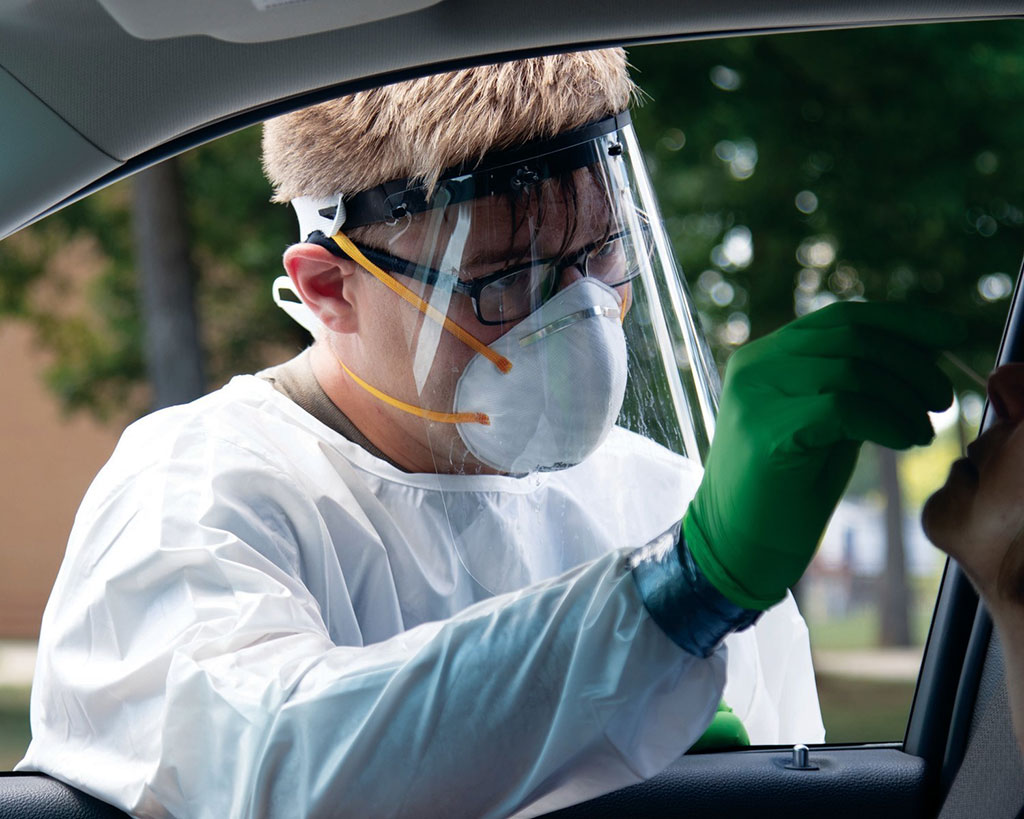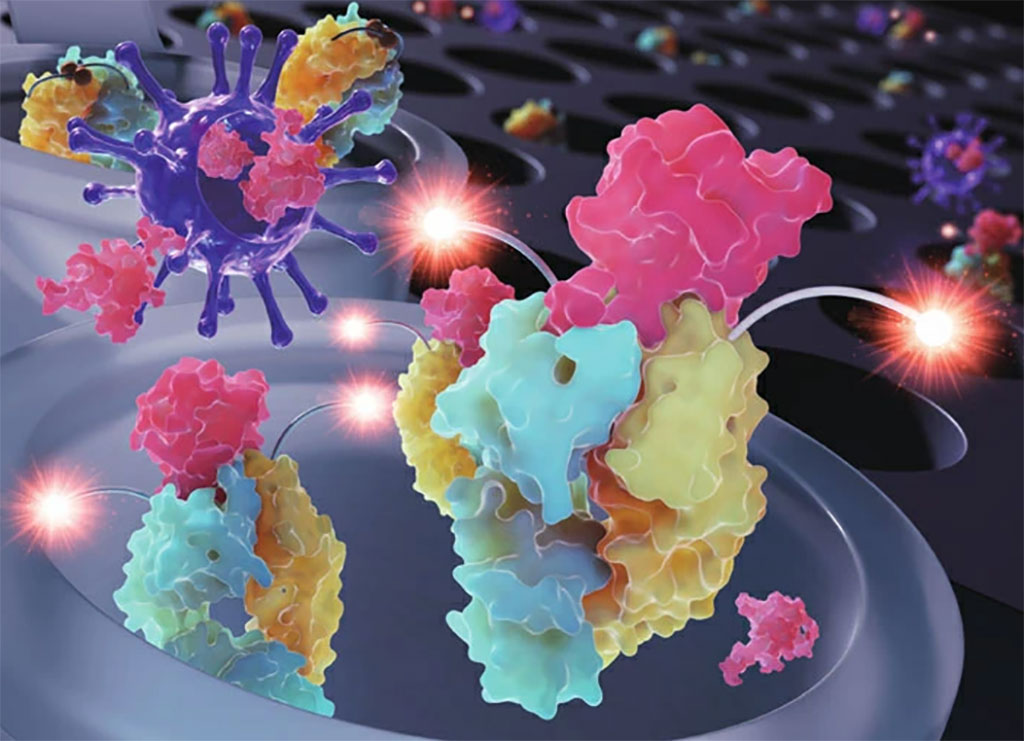New Molecular Diagnostic Platform Developed Using Gold Nanoparticles Shortens COVID-19 Diagnosis Time
Posted on 24 Jan 2022
Researchers have used gold nanoparticles to develop a new molecular diagnostic platform that considerably reduces the time required for COVID-19 detection.
The novel nanotechnology-based platform introduced by researchers at the Chung-Ang University (Seoul, South Korea) could also create a paradigm shift in the field of molecular diagnostics, revolutionizing how we detect infectious diseases and tackle future epidemics.

Early COVID-19 detection and isolation are key for controlling disease transmission and protecting vulnerable populations. The current standard for COVID-19 diagnosis is reverse transcriptase-polymerase chain reaction (RT-PCR), a technique in which viral genes are detected after they undergo multiples cycles of amplification. However, this technique is time-consuming, creating a testing backlog across diagnostic centers and leading to delayed diagnoses. The new nanotechnology-based platform can shorten the time required for COVID-19 diagnosis. Their surface-enhanced Raman scattering (SERS)-PCR detection platform - prepared using gold nanoparticles (AuNPs) in the cavities of Au 'nanodimple' substrates (AuNDSs) - can detect viral genes after only eight cycles of amplification. That is almost one-third of the number required with conventional RT-PCR.
The team had earlier developed a novel detection platform in which high-sensitivity SERS signals are produced by AuNPs uniformly arranged in the cavities of AuNDSs through a technique called DNA hybridization. Based on this previous discovery, the researchers developed the novel SERS-PCR platform for COVID-19 diagnosis. The newly developed SERS-PCR assay uses SERS signals to detect "bridge DNA" - small DNA probes that slowly break down in the presence of target viral genes. Therefore, in samples from patients positive for COVID-19, the concentration of bridge DNA (and therefore the SERS signal) continuously decreases with progressive PCR cycles. In contrast, when SARS-CoV-2 is absent, the SERS signal remains unchanged.
The team tested the effectiveness of their system using two representative target markers of SARS-CoV-2, namely, the envelope protein (E) and RNA-dependent RNA polymerase (RdRp) genes of SARS-CoV-2. While 25 cycles were required for RT-PCR-based detection, the AuNDS-based SERS-PCR platform required only eight cycles, considerably reducing the testing duration. Thus, SERS-PCR could be an important tool in the arsenal against the COVID-19 pandemic as well as revolutionize infectious diseases are detected and future epidemics are tackled.
"Conventional RT-PCR is based on the detection of fluorescence signals, so 3–4 hours are required to detect SARS-CoV-2. This speed is not enough considering how rapidly COVID-19 spreads. We wanted to find a way to cut this time at least by half," said Prof. Jaebum Choo, explaining the motivation behind the study. "Although our results are preliminary, they provide an important proof-of-concept for the validity of SERS-PCR as a diagnostic technique. Our AuNDS-based SERS-PCR technique is a promising new molecular diagnostic platform that can considerably shorten the time required for gene detection compared to conventional RT-PCR techniques. This model can be further expanded by incorporating an automatic sampler to develop a next-generation molecular diagnostic system."
Related Links:
Chung-Ang University














